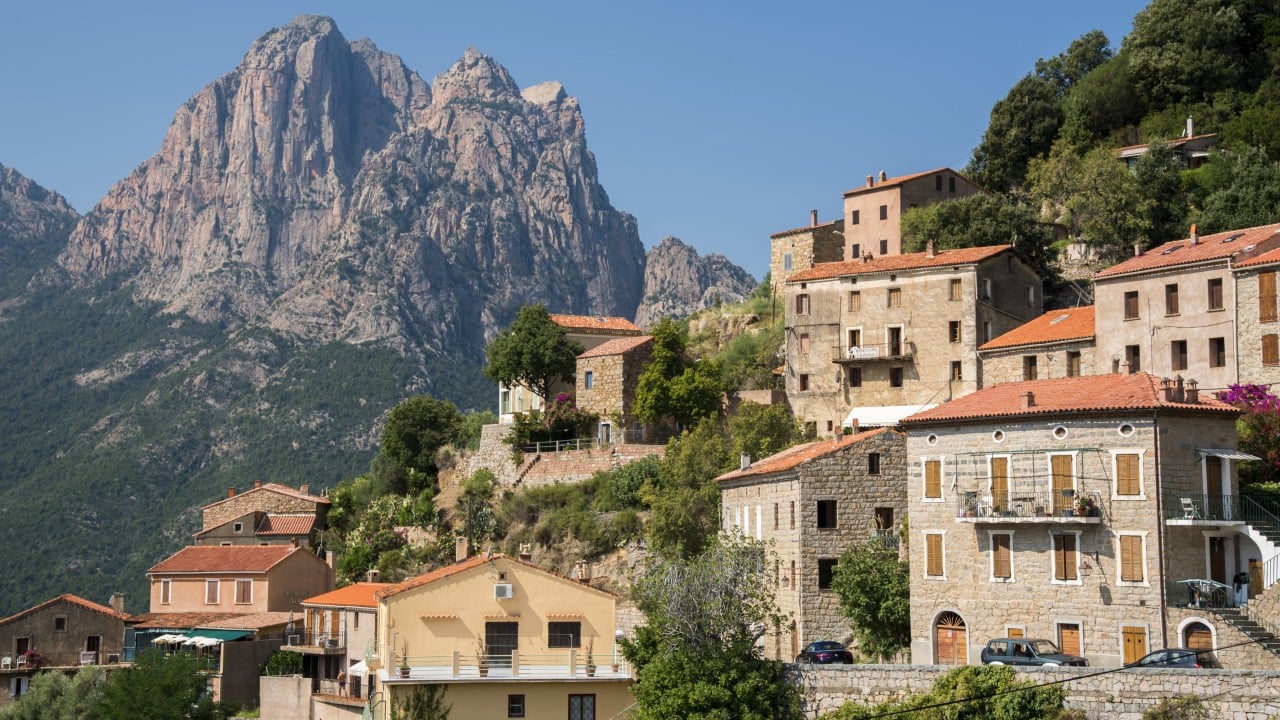If you are going to drive around Corsica, you’ll need your wits about you. Mountain roads are sometimes little more than gravel tracks littered with blind curves, precipitous drops, herds of goats and marauding wild pigs. Most lethal of all are locals who think they’re rally drivers.
They flash their headlights, blast their horns, overtake aggressively and suggest, in the strongest possible terms, that other drivers get out of the way. The more precarious a road is, the faster Corsican motorists come hurtling around the corner. Fortunately there are plenty of places to pull over, recompose yourself and marvel at the Mediterranean island’s rugged interior.

Villages cling to hillsides crowned with jagged granite peaks, pine forests cloak lowland slopes, and meadows of wild flowers carpet the countryside. Given the lofty terrain, the Corsicans did well to find space to build four airports. Many tourists steer clear of roads and rental cars and head into the hills on foot.
Footpaths such as the 180km (110-mile) GR20 long-distance trail test the fitness levels of hikers on what is arguably the most demanding and dangerous walking route in Europe. A mutter of thunder coincides with my arrival in the photogenic settlement of Ota and I hurry into my guest house just as raindrops begin to plummet out of a sullen sky. High above, at the summit of Mont Capu d’Ota, a perilously positioned boulder looks like it could tumble down and flatten the village at any minute.
According to .
















